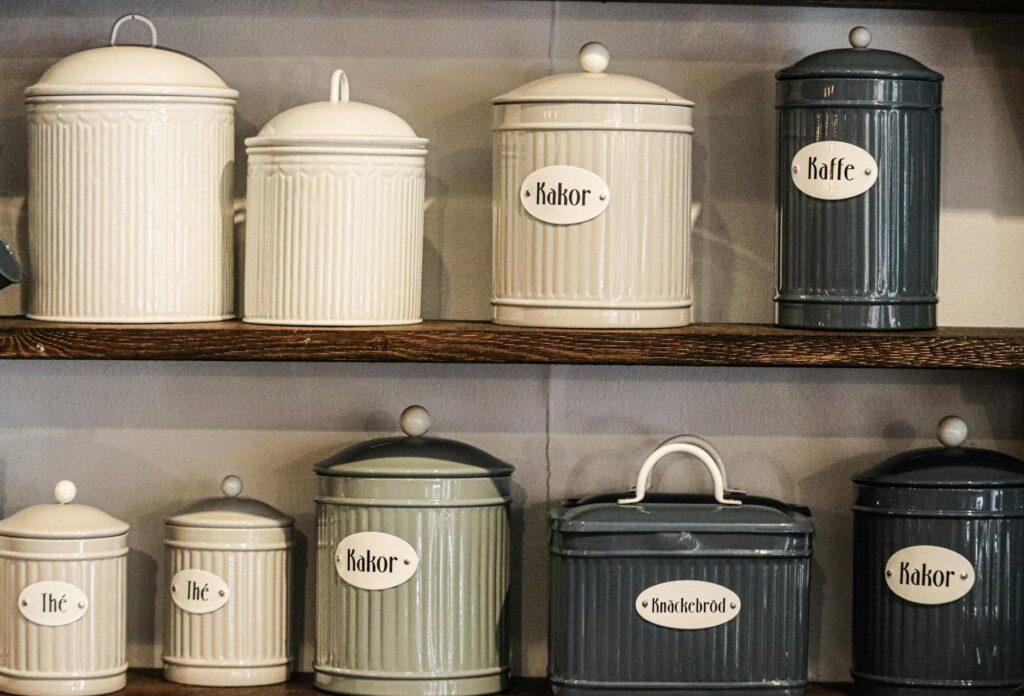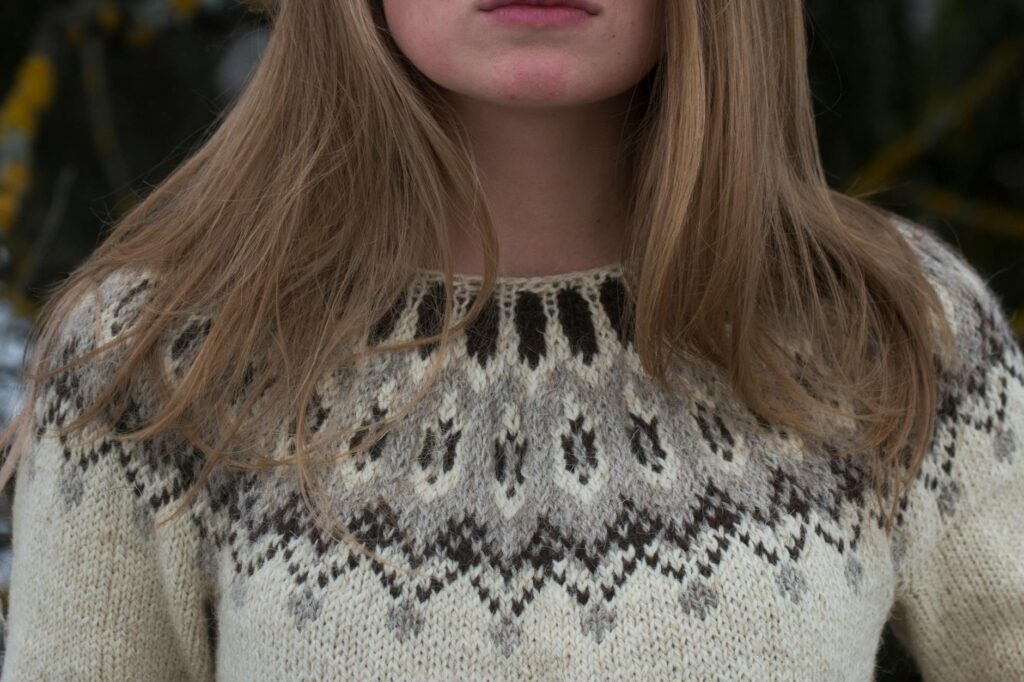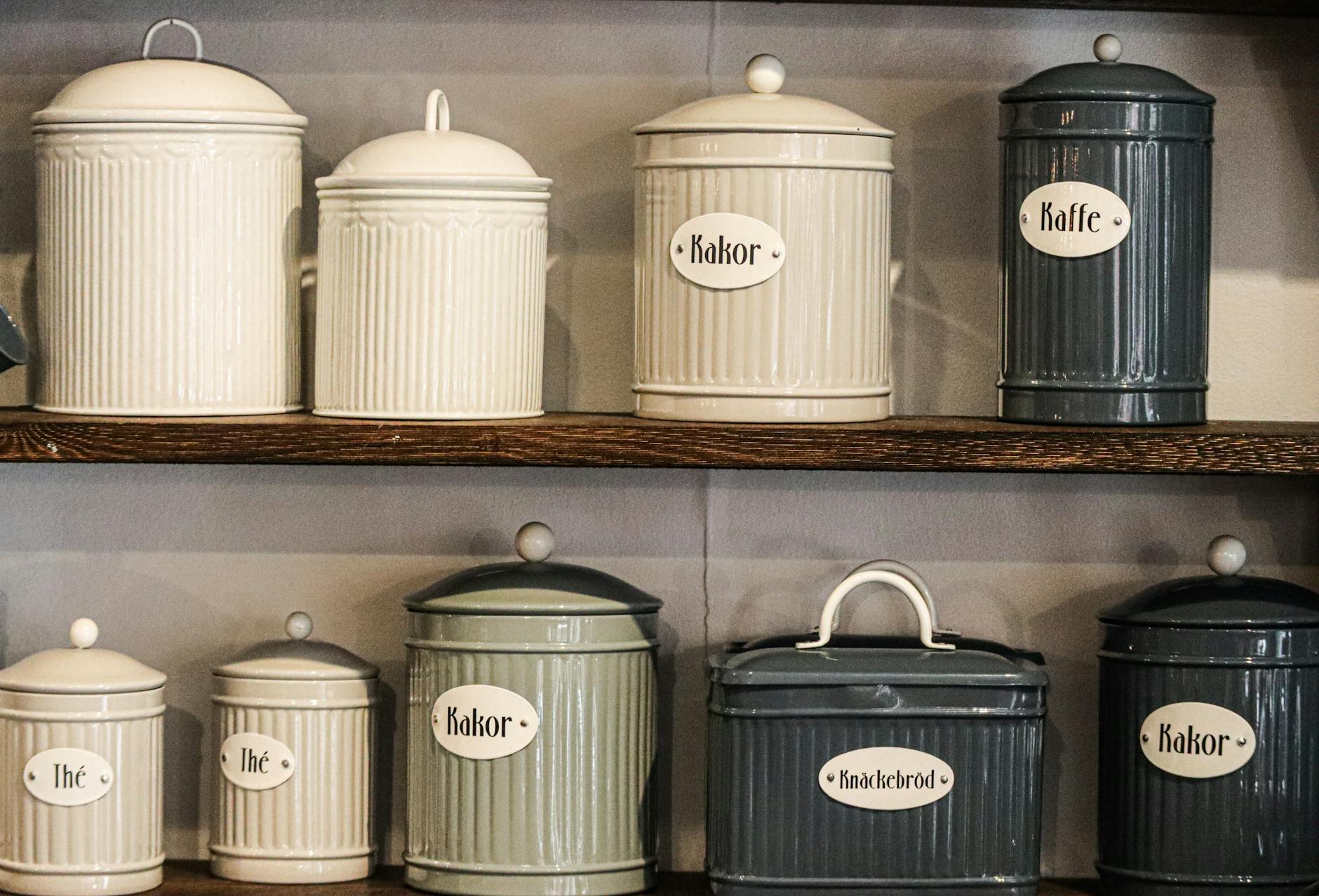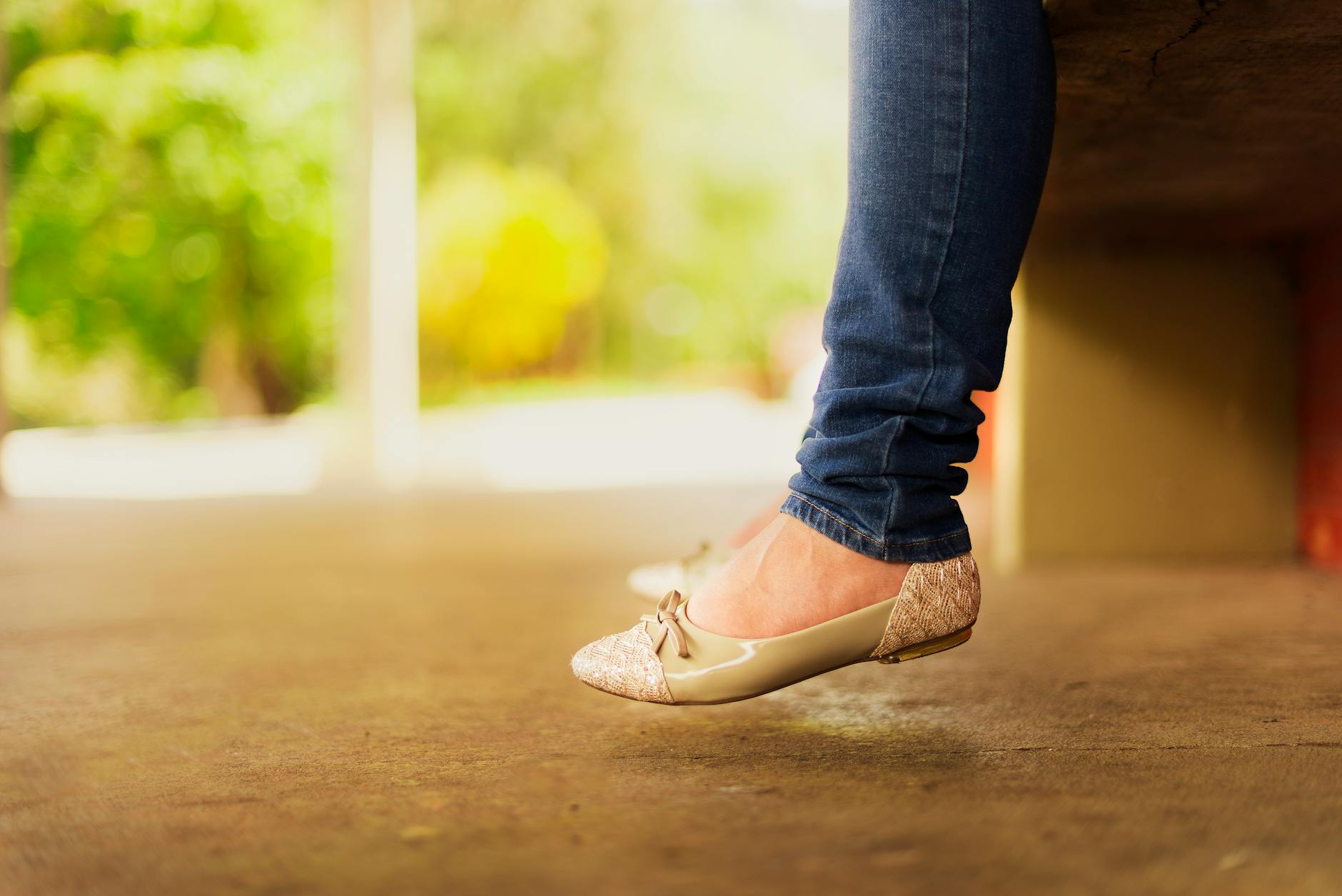Scandinavian design, with its minimalist aesthetic and focus on functionality, has captivated the world. Characterized by its clean lines, natural materials, and a sense of understated elegance, it’s a style that feels both modern and timeless. This guide will delve into the key elements of Scandinavian design, helping you achieve this effortlessly chic look in your own home.
Understanding the Core Principles
At its heart, Scandinavian design is about creating a space that is both beautiful and functional. Think simplicity, light, and natural materials. It’s about embracing minimalism, not as a lack of style, but as a curated approach to living. 
The Importance of Natural Light
Scandinavian countries experience long, dark winters, so maximizing natural light is crucial. Large windows, light-colored walls, and reflective surfaces are all key elements in bringing the outdoors in. Learn more about maximizing light in your space.
The Role of Color
The color palette is typically muted and neutral, often featuring whites, creams, grays, and muted blues and greens. These colors create a sense of calm and serenity, allowing the textures and materials to take center stage. Adding pops of color through textiles and accessories can add warmth and personality. 
Choosing the Right Materials
Natural materials are integral to Scandinavian design. Think wood (especially light-colored woods like birch and pine), wool, linen, and leather. These materials add texture and warmth to the space, creating a cozy and inviting atmosphere. For more ideas, check out this article on sustainable materials.
Furniture: Form and Function
Scandinavian furniture is known for its simple, functional designs. Clean lines, minimal ornamentation, and durable construction are key characteristics. Pieces often feature tapered legs and are made from natural materials. Discover more about iconic Scandinavian furniture pieces.
Textiles and Accessories
Textiles add warmth, texture, and personality to the space. Think cozy wool throws, linen cushions, and sheepskin rugs. Accessories should be carefully chosen and kept to a minimum, focusing on quality over quantity. 
Lighting: Layering for Ambiance
Lighting is crucial in creating the right mood. A layered approach, using a combination of ambient, task, and accent lighting, is essential. Think pendant lights, table lamps, and floor lamps, often in simple, elegant designs. You can find some great lighting inspiration here: modern Scandinavian lighting.
Embrace Hygge
Hygge, the Danish concept of coziness and well-being, is a key aspect of Scandinavian design. It’s about creating a warm, inviting atmosphere where you can relax and unwind. This is achieved through the use of soft lighting, comfortable textiles, and a focus on creating a sense of calm. Check out this guide to creating a hygge atmosphere.
By incorporating these elements, you can create a space that is not only visually appealing but also functional, comfortable, and inviting. It’s about creating a home that reflects your personal style while embracing the core principles of Scandinavian design. [IMAGE_4_HERE]
Frequently Asked Questions
What are the key characteristics of Scandinavian design? Minimalism, functionality, natural light, and natural materials are key elements.
What colors are typically used in Scandinavian design? Whites, creams, grays, and muted blues and greens are prevalent.
Where can I find inspiration for Scandinavian design? Look to design blogs, magazines, and websites like Pinterest and Instagram for ideas and inspiration. Here’s a great resource.
Is Scandinavian design expensive? While some high-end pieces can be costly, many affordable options are available. The focus is on quality, durable items that will last.
How can I incorporate Hygge into my home? Focus on creating a warm and inviting space with soft lighting, comfortable textiles, and natural materials. Enjoy the simple pleasures!





